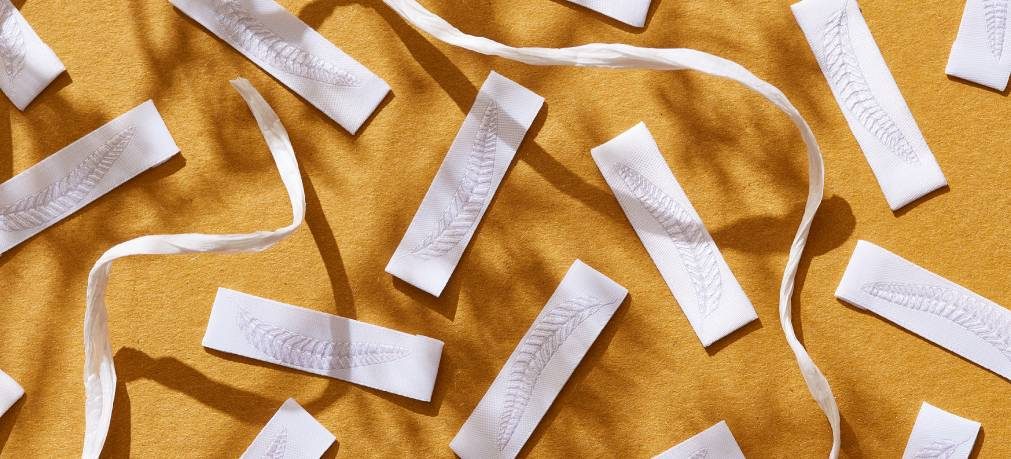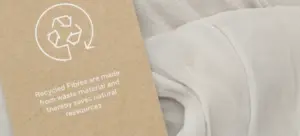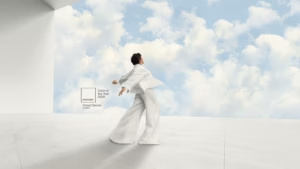Designing garment labels is a task that goes beyond simple aesthetics; it is a combination of creativity, functionality and branding. As we have said on other occasions, today’s labels not only provide essential information about the care of the garment, the material and the size, but they also identify the brand and help it to communicate and reinforce its messages.
To achieve this, at Indet we follow a meticulous design process that begins with a thorough understanding of our client, their brand values and the specific messages of the campaign or collection, if any. What steps do we follow?
1. Research and Conceptualisation
The first step in our apparel label design process is research and conceptualisation. This allows us to better understand the brand, its mission and its target audience. We ask questions such as
- What is the brand identity?
- What is the message that needs to be conveyed?
- What are the dominant styles and colours of the brand?
From this information, we begin to conceptualise the label design, including the creation of mood boards and initial sketches.


2. Choice of materials
Material choice is driven by functionality, style and brand values. Increasingly, brands are opting for eco-friendly labels that have a low environmental impact.
Some of the materials we use at Indet are linen and cotton from controlled cultivation or reuse, recycled polyester from both bottles and recycling, or paper made from various compounds such as recycled paper, cannabis paper, grass paper, rice paper or seed paper.
We are also working with new materials and techniques such as 100% recyclable Tyvek or stone paper, a synthetic paper made from 70-80% common limestone powder and 20-30% polyethylene.
The choice of material influences the perception of the label, so it must be in line with the quality of the garment, the brand and the specific collection.
3. Graphic design
This is where the ideas start to take shape. We start by making hand sketches, which we then transfer to specialist design software. We take into account elements such as
- Typography: we choose fonts that reflect the personality of the brand.
- Colours: we use the colour palette of the brand and the collection to maintain visual consistency.
- Logo: we incorporate the brand logo in a prominent but balanced way.
- Information: we include the necessary information such as size, country of manufacture and care instructions.

4. Prototyping and revision
Once the graphic design is complete, we make prototypes of the labels. This step is essential to know how the labels will look and feel on the garment. We check aspects such as legibility, colour contrast and material quality. If necessary, we go through this process several times until we are satisfied with the result.
5. Manufacturing
Once the final prototype has been approved, the design goes into production. In our case, we can do this ourselves and send the labels out ready to use, or we can send the design to the customer and they take care of the production.
Depending on the type of label, we can use different techniques, such as printing for cardboard, paper and some fabric labels, embroidery or weaving for high-quality fabric labels, or screen printing.
This is also the time when RFID technologies are implemented on the labels for traceability if the project requires it.
Before we deliver the label or label design, we carry out a quality control, to ensure that the information is correct and that there are no defects in the material or printing.
Finally, the labels are applied to the garments. This can be done by hand or using specialist machinery, depending on the volume of production and the type of label.
Apparel label design is a detailed and multi-faceted process that requires creativity, precision and a deep understanding of the brand and its audience. From initial research to final inspection, each step is critical to ensuring that the label is not only visually appealing, but also informative and functional. So the next time you see a label on a garment, remember that there is a design team behind it that has put a lot of care and attention into its creation. 🙂 🙂



